
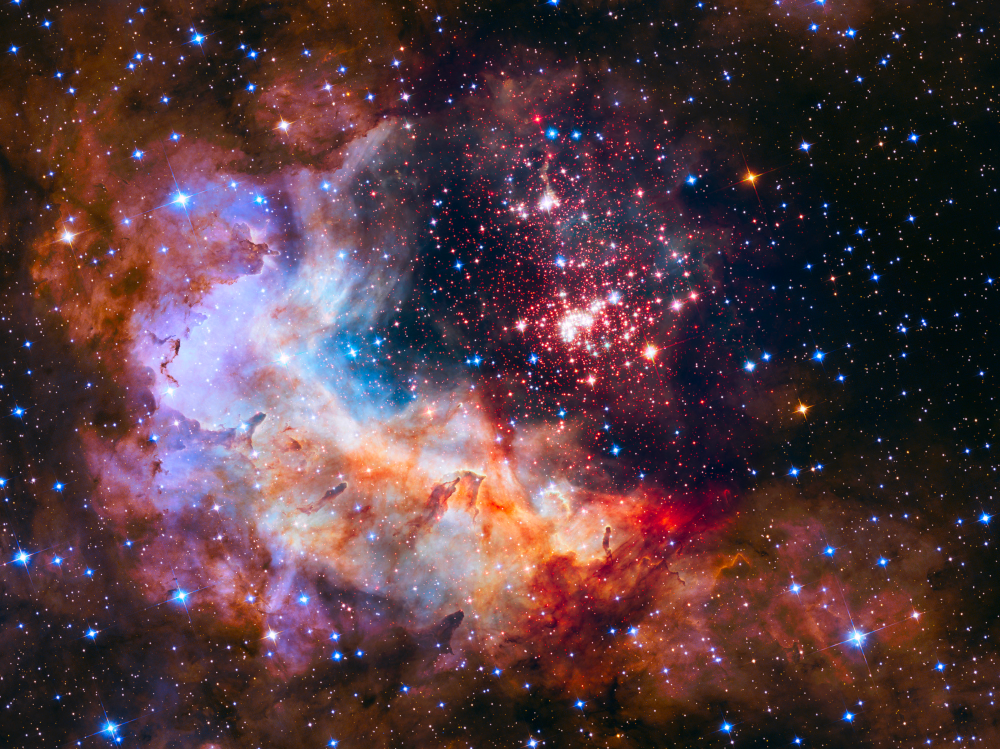


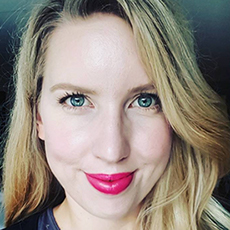
I am Maria Hammerstrøm from Oslo, Norway. I am a graphic designer turned astrophysicist turned science communicator. I am passionate about astrophysics, design, writing, and science communication.
I have an astronomy blog in Norwegian.
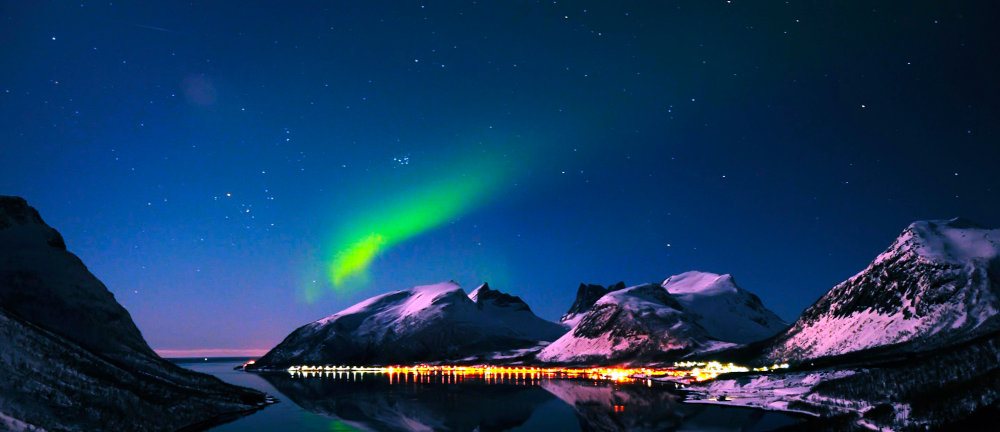
2017–current Norwegian contact person & translator (part-time) (European Southern Observatory)
I am responsible for the Norwegian ESO website. I translate ESO’s astronomy news to Norwegian and function as a contact person for ESO Norway.
2017–current Space Columnist (Norwegian newspaper Dagbladet)
2016–current Translator & Astronomy Consultant (part-time) (Norwegian magazine Ny Vitenskap)
Using my scientific background and love for language and grammar, I do translation and consulting work for the Norwegian science magazine Ny Vitenskap (eng. New Science).
2016–current Project Coordinator (part-time) (Norwegian Language Council)
I am coordinating a two-year project where the aim is to create an online Norwegian-English Astronomical dictionary for the Norwegian Language Council’s terminology database.
2016–current Managing editor (part-time) (Norwegian physics magazine Fra Fysikkens Verden)
2015–current Graphic Designer (part-time) (The Science Library, University of Oslo, Norway)
I design posters and info screens for all the events at the Science Library, typically popular science talks. The job lets me combine my love for science and graphic design, and hopefully create more interest in the events.
2014 Webmaster (part-time/temporary) (Faculty of Mathematics & Natural Sciences, University of Oslo, Norway)
2011–2012 Graphic Designer (Melkeveien Designkontor, Oslo, Norway)
2011 Graphic Designer (Tank Design, Oslo, Norway)
2009–2010 Graphic Designer (Studio 3, Oslo, Norway)
2015–2017 Master in Astrophysics (University of Oslo)
Subjects covered: Radiative Processes in Astrophysics, Cosmology & Extragalactic Astronomy, Computational Physics, Cosmology II, Statistical Methods & Applications, Science Communication & Journalism.
Master thesis: Establishing the host galaxy contribution to spectroscopic data of the nuclear emission of active galactic nuclei
2012–2015 Bachelor of Science, Astrophysics (University of Oslo)
Subjects covered: Calculus, Vector Calculus, Linear Algebra, Scientific Programming with Python, Classical Mechanics, Electrodynamics, Introduction to Astrophysics, Electromagnetism, Waves & Oscillations, Quantum Physics, Observational Astronomy, Thermodynamics & Statistical Physics, Introduction to Applied Statistics, Cosmology I, Astrophysical Plasma & the Interior of Stars.
2007–2010 Diploma in Graphic Design (Westerdals School of Communication)
Subjects covered: Typography, Branding, Packaging, Editorial, Illustration, Presentation.
2015 Student Fellowship in Observational Astronomy (Australian Astronomical Observatory)
I spent two months at the AAO involved with the Huntsman Telephoto Array project, a project currently in development that will use an array of commercially available Canon lenses to observe faint structures, such as dwarf galaxies. I did the ground work on a numerical code to model light pollution projected onto the night sky using satellite data, later to be subtracted from astronomy images to better see those faint structures. I also designed a logo for the Huntsman Telephoto Array.
2014 Summer Program in Observational Astronomy (Mount Wilson Observatory)
The 2-week program was divided into two parts: The first week we learned different observational techniques (photometry, spectroscopy, imaging) and got to see a variety of day time and night time telescopes at Mount Wilson Observatory. The second week we did a research project of our own, using a 16” telescope.
Research project: I photographed galaxy M31, as well as a range of star types to make my own color index so I could determine which star populations are present in M31. Read more on the Astrophysics page.
2014 Graphic Designer & Science Writer (Institute for Theoretical Astrophysics, University of Oslo, Norway)
I spend the summer working with the webmaster at the institute. My job was mainly to help maintaining and adding new content to the website. The website contains, among other things, educational pages about the universe, the solar system and space exploration that were lacking in content. I wrote long introductory articles about the universe, galaxies and space exploration, as well as in-depth articles about the exploration of the Moon and several of the planets for these pages, as well as news articles for the website about new research results achieved, as well as goings-on at the institute (all in Norwegian).
2013 Graphic Designer & Science Writer (EU Universe Awareness, Leiden, The Netherlands)
At EU-UNAWE I was writing and designing educational resources about astronomy for kids, covering subjects such as black holes, the Earth and amateur astronomy. Afterwards I have been translating their Space Scoops (space news for kids) into Norwegian and will hopefully do more projects with them in the future.
2011 Graphic Designer (Proverb, Boston, U.S.)
2009 Graphic Designer (Mission Design, Oslo, Norway)
2008 Graphic Designer (Tank Design, Oslo, Norway)
Areas of special interest: Galaxies, galaxy formation and Supermassive Black Holes.
More about this soon!
Areas of special interest: Galaxies, galaxy formation and Supermassive Black Holes.
Australian Astronomical Observatory (2015)
More about this soon!
Mount Wilson Observatory (2014)
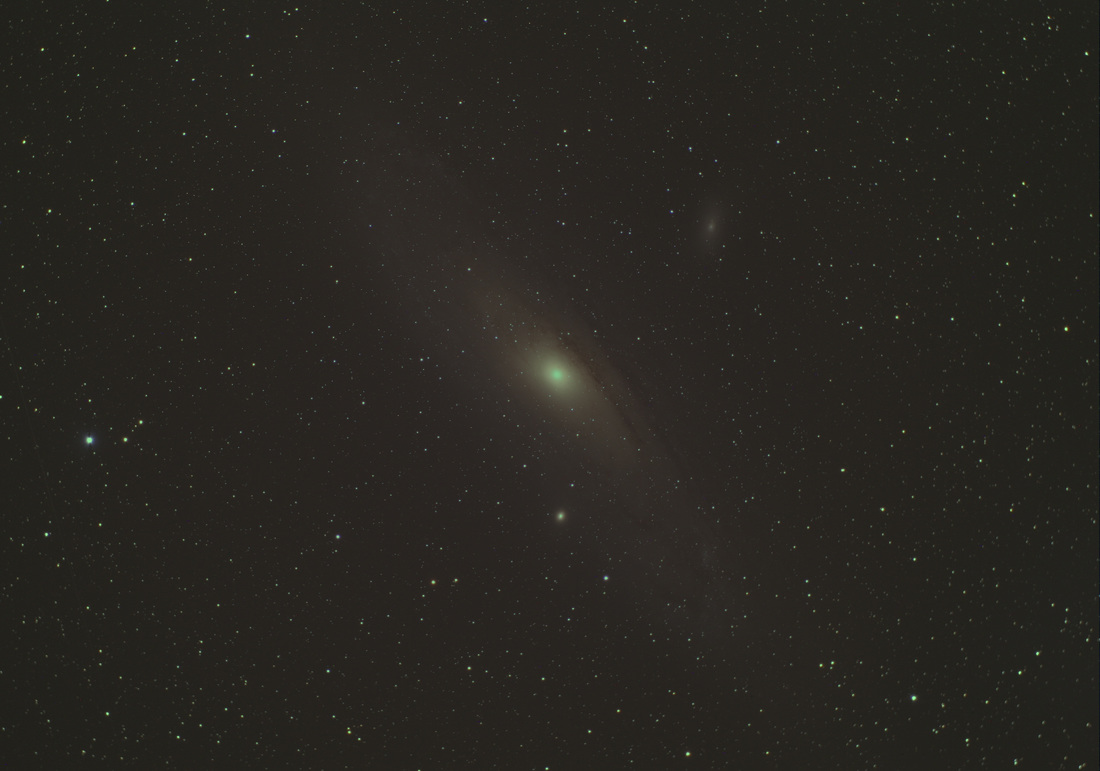
I also photographed 6 stars of different spectral classes to make my own color index for the DSLR camera so that I could determine which star populations are present at various locations in M31. I split the star images into R, G and B only images and measured the color index of each star, [B–G], [G–R] and [B–R], shown in the figure to the right.
Then I split the image of the galaxy into R, G and B only images, chose a small measuring area of 41 x 33 pixels and measured the intensity in 10 locations in the galaxy for the different filters, resultings in values Gal_B (blue) and Gal_G (green). I also measured a completely dark area of the image so that I could subtract the sky background, resulting in values Sky_B, and Sky_G. Then the [B–G] color index for the different locations in the galaxy could be found by:
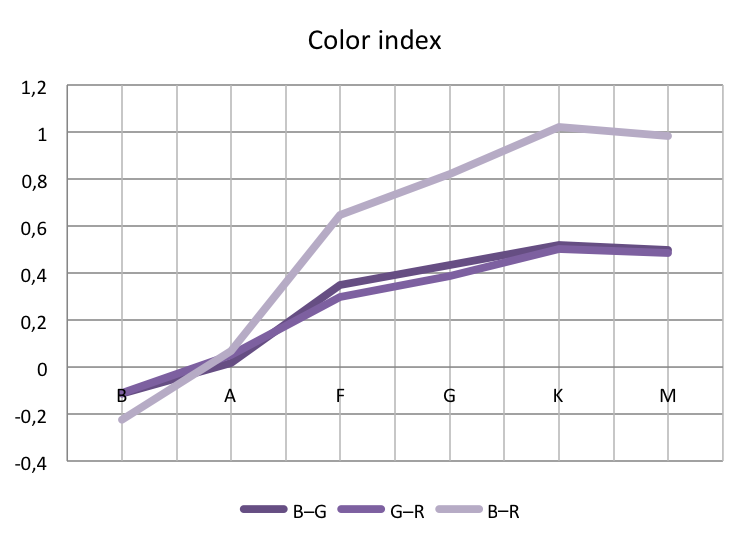
The values found at different locations in the galaxy is shown in the image to the right (click on it to see a larger version). We can then locate these values in the plot to see what kind of stars are present. Doing this we see that the core with [B–G] = 0.36 consist of F stars, the edge of the core and the mid disc has A stars, while the outer disc has B stars. This means the core is redder and the outer edges are bluer, consistent with what one would expect. The spectral types are in reality shifted more towards the red than what I found with this simple procedure, using rather few reference stars.
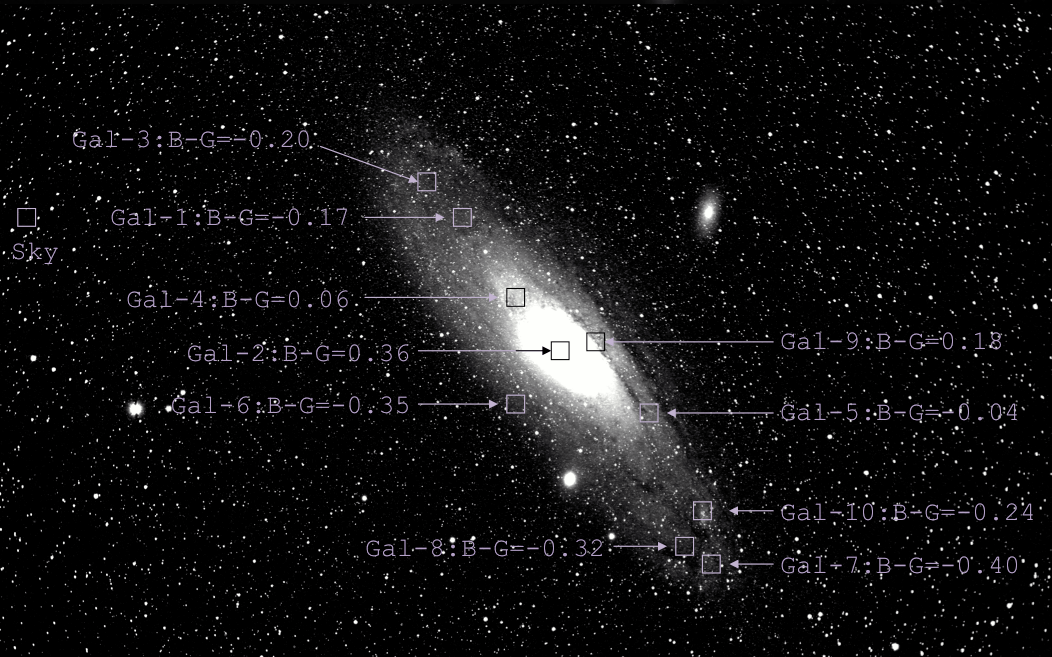
We also photographed M57, known as the Ring Nebula (left) in three filters, took the spectra of stars of various stellar classes (I was responsible for the G-star Eta Boötis and the M-star Lambda Draconis) and observed the variations in intensity from a variable star, RR Lyrae.
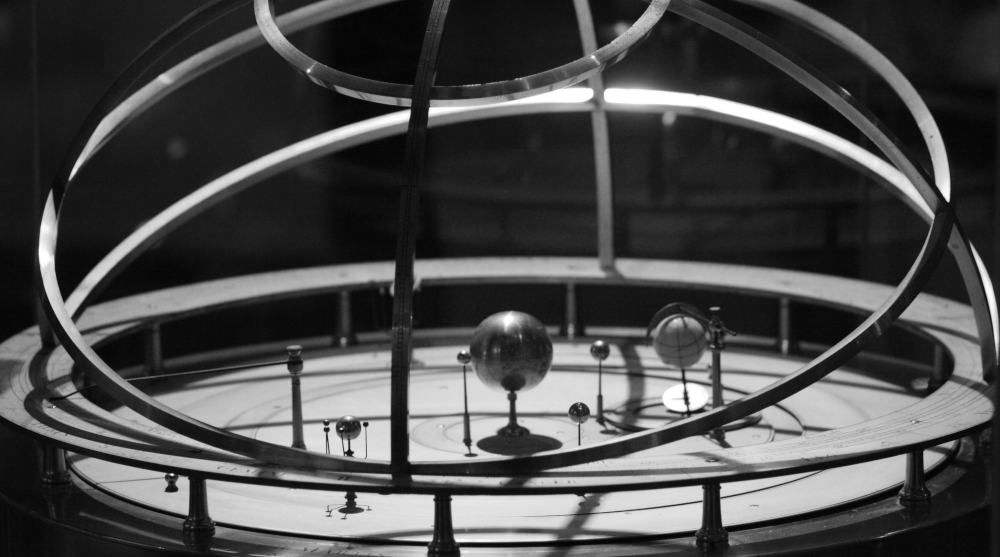
Universe Awareness (UNAWE) is an international programme that uses the beauty and grandeur of the Universe to inspire children aged 4-10 years. The programme uses astronomy to cultivate a sense of perspective, foster a global citizenship and stimulate interest in science at a crucial age in a child’s development.
I worked at the international UNAWE office in the Netherlands during the summer of 2013 as a graphic designer and science writer, combining my skills in graphic design and knowledge of astronomy. I created three new educational resources for them:

The Awesome Amateur Astronomer (website)
The website The Awesome Amateur Astronomer - 10 Steps To Get You Started In Astronomy is a 10-step introduction
to amateur astronomy that covers all the different aspects of astronomy; from observing to researching, analysing, building, publishing and more. It’s a great place to go if you’re interested in astronomy, but don’t know where to start.
Into A Black Hole (book)
Into A Black Hole is a short, illustrated book about black holes and what happens if you happen to get too close to one of them.
You’ll find the whole book below. But you can also get is as a PDF or as an iBook on iTunes (for iPads) if you’d like - and it’s free!
Earth Ball Activity Book (book)
The Eart Ball Activity Book contains 50 interactive, hands-on activities for children aged between 6 and 12 years, that can be put into practise in schools, playgrounds or at home. It is designed to be used with an inflateable Earth Ball, and it is brim-full of ideas about how to use this tool for teaching astronomy, geography, environmental awareness, global citizenship and even biology.
I still do work for UNAWE as a Student Ambassador.
I am responsible for translating their weekly Space Scoops into Norwegian.
Since April 2013 I have been keeping a blog (in Norwegian) where I write about my experiences studying astrophysics and about astronomy and physics in general. It is a way to show that a girl can excel in the natural sciences, as well as practicing my science writing skills.
Visit the blog at www.astromaria.no!
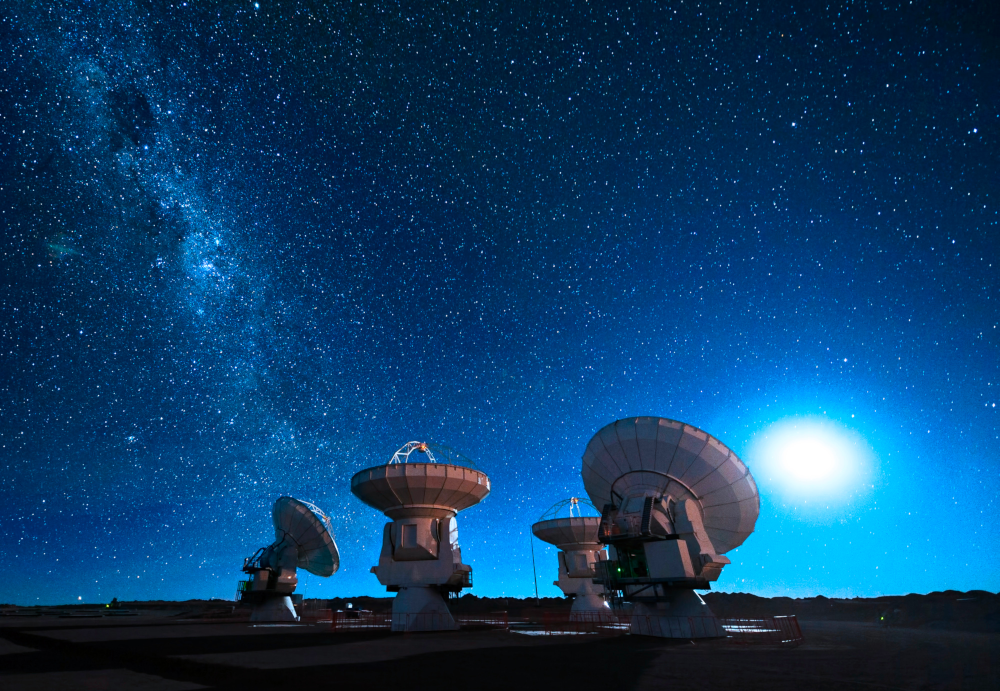
Contact me about anything: Questions, inquiries, collaborations or just to say hello :)
You can e-mail me at hello[at]mariahammerstrom.com
https://twitter.com/AstroMariaH
https://www.linkedin.com/in/mariahammerstrom